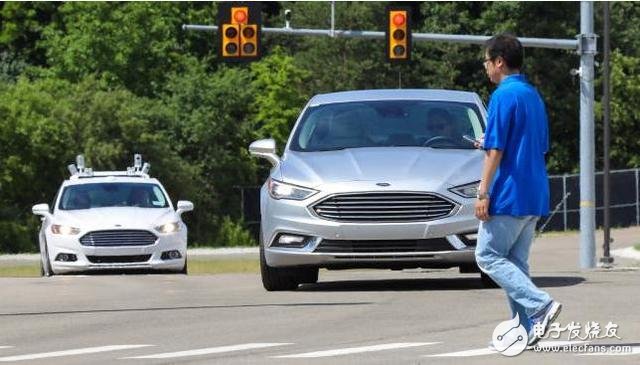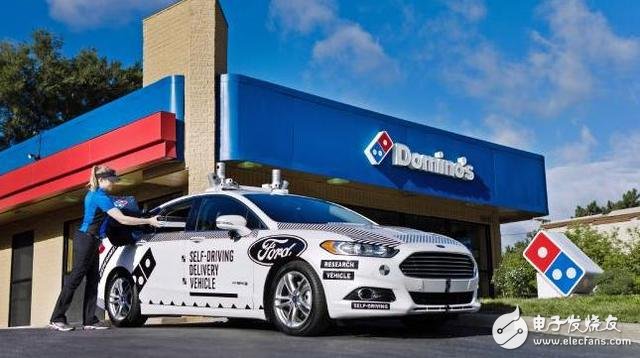According to foreign media reports, the Commonwealth Scientific and Industrial Research Organization (CSIRO) has adopted bionic eyes technology, which will enable future autonomous vehicles to have the ability to explore complex traffic situations.
CSIRO's Data 61 division is working with a technology company that provides bionic eye technology to Chinese car companies to assist road navigation and avoid dangerous situations that may be encountered during driving.
For autonomous vehicles, there are major challenges in reading all types of traffic lights, parking signs, pedestrians, cyclists and other obstacles in cities and suburbs.

CSIRO's Data 61 division is working with China's ZongMu Technology to equip vehicles with computer vision equipment that enables in-vehicle systems to see and understand the vehicle's surroundings and act like human pilots. Responsive operations respond to and avoid danger.

Researchers are developing algorithms to estimate the distance between objects and the potential hazards of moving targets based on vehicle motion.
According to Dr. Shaodi You, senior research and development scientist (Senior Research ScienTIst) at CSIRO Data 61, the technology enables autonomous vehicles to quickly respond to “any potential risks†within 10 meters or more, thus avoiding collisions.
However, CSIRO Data 61 has not applied the theory to practice and has not conducted field test. It is estimated that it is expected to carry out relevant tests on this technology in China within one year.
It is worth mentioning that there are a wide range of Chinese customers in the company, including FAW and Guangzhou Automobile.
Litecoin is an online currency based on peer-to-peer technology and is an open source software project under the MIT/X11 license. It can help users make instant payments to anyone in the world [2]. Litecoin was designed and programmed by a programmer (Li Qiwei) who used to work at Google, and launched on January 9, 2011. Litecoin is an improved digital currency inspired by Bitcoin. The technical principle of Litecoin is the same as that of Bitcoin. It also adopts a decentralized architecture, without any central authority control, and the issuance of new coins and the transfer of transactions and payments are based on open source encryption algorithms, etc. These are all imitated the design principle of Bitcoin. However, Litecoin tries its best to improve the shortcomings that Bitcoin has shown before, such as too slow transaction confirmation, small total cap, the emergence of large mining pools caused by proof-of-work mechanism and so on, SHA256 algorithm [1].
Litecoin, which aims to improve Bitcoin, has three significant differences. First, the Litecoin network can process a block every 2.5 minutes instead of 10, thus providing faster transaction confirmation. Second, the Litecoin network is expected to produce 84 million litecoins, four times the amount of money issued on the Bitcoin network. Each litecoin is divided into 100 million smaller units, defined by eight decimal places.
Litecoin Mining Machine:Bitmain Antminer L7,Goldshell Mini-DOGE Pro,Goldshell LT Lite,Innosilicon A4+ LTCMaster,Goldshell LT5,
Bitmain Antminer L3+ (504Mh),Bitmain Antminer L3+ (600Mh),etc.
Litecoin Mining Machine,L3 Miner,Antminer L7,Ltc Mining Machine,Scrypt
Shenzhen YLHM Technology Co., Ltd. , https://www.ylhm-tech.com